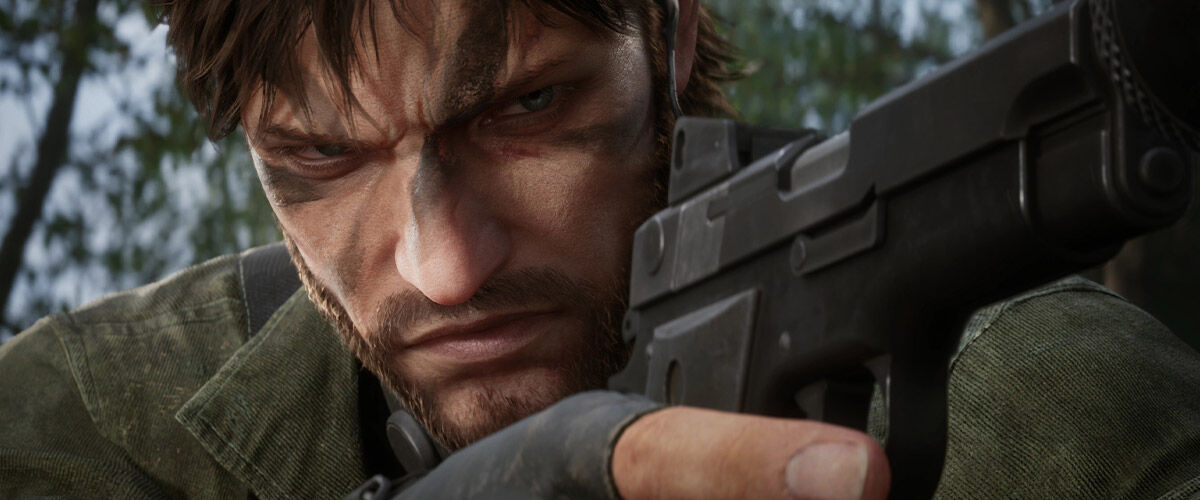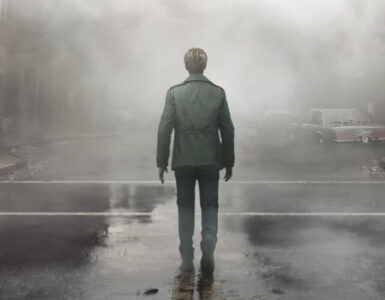Unlike Hollywood constantly remaking, reviving and rebooting movies for a new audience, it actually makes sense of game developers and publishers to remake old games, to offer new players a chance to play an old game with updated graphics, design and controls, while providing fans an opportunity to meet an old friend with modern hardware.

For the case of the upcoming Metal Gear Solid Delta: Snake Eater, the highly anticipated remake of Metal Gear Solid 3: Snake Eater (2004) – considered by many to be one of the greatest games of all time – it would naturally come with all sort of expectations but the team at Konami knew what it was getting into , and a decision was made to not modernise the 21-year-old… too much.
“At first we thought that, since the original was perfect as it was, we thought that updating the graphics could be enough,” explains Noriaki Okamura, Metal Gear series producer, of the inevitable nature of updating an over two-decade old classic. He, alongside Yuji Korekado (Metal Gear Solid Delta: Snake Eater creative producer) and Yu Sahara (MGS Delta: Snake Eater Fox Hunt director), were speaking to select members of the Southeast Asia media during a special media preview event in Tokyo.
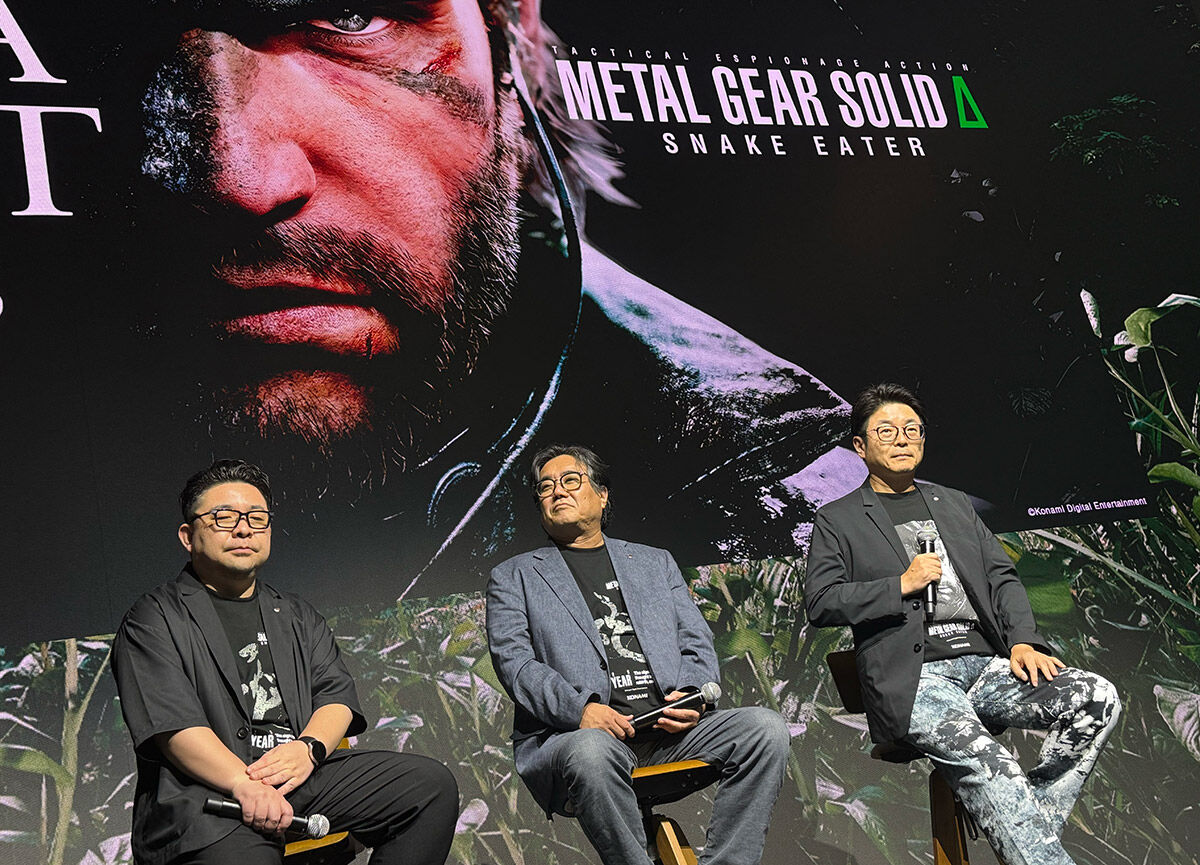
“But as we were doing that, we started noticing little things that seemed to be off just by redoing the graphics. So that’s why we went back and started reworking some of the character motions, audio and stuff like that, so that it would fit in with the triple A quality that you see today.”
The remake serves a dual purpose, to honour longtime fans while introducing newcomers to the series’ origins. “We want everyone – all the people that have played the game in the past, and even people who have never played the game – we want them to play the origin story once again, remade with all new graphics,” says Okamura-san.
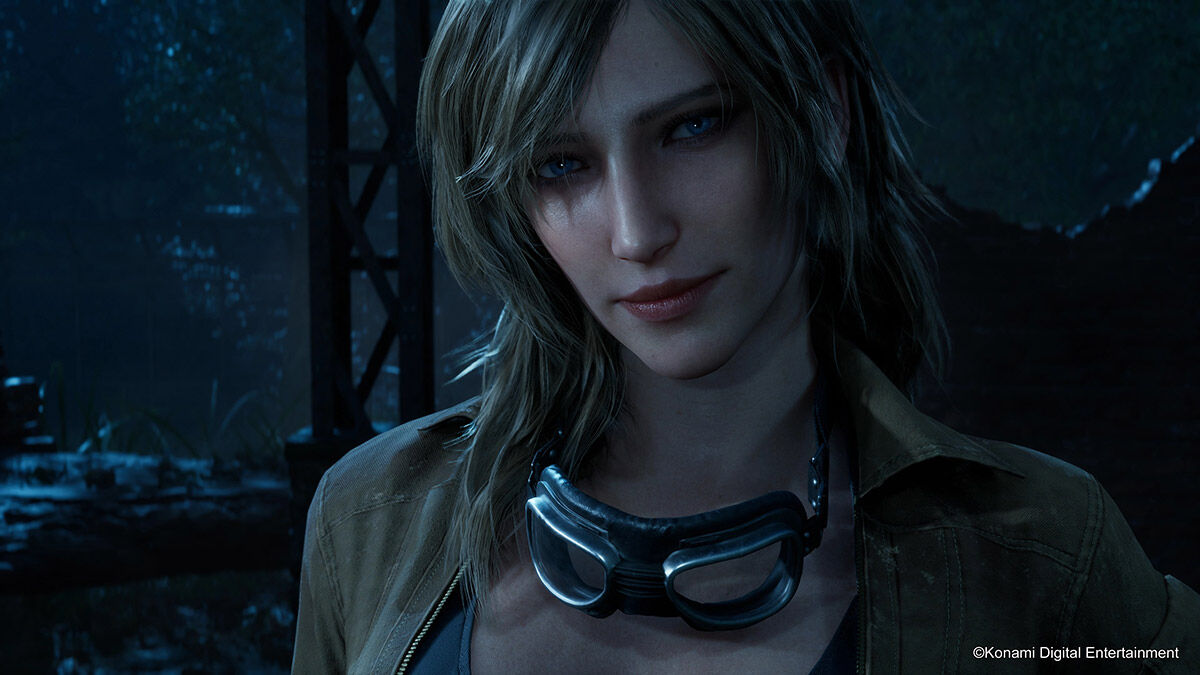
“This is specifically a message to the people who have never played Metal Gear before. We definitely wanted to start them off with the very first story in the storyline timeline. Because, as you know, Metal Gear has a lot of titles in the series, and we figured this will be a good starting point for those people who have never played before.”
The good news is that Konami was committed not to add anything new to the classic story, and while series creator and game director Hideo Kojima or original artist Yoji Shinkawa, who have since left Konami, were not involved in the remake, Konami did assemble a team comprising of the game’s original developers, some who didn’t quite recall what they did to the game at the beginning of the century.
“We definitely did find things here and there. And while we were in development, we could hear all across the floor some people being like, ‘Oh my god, oh yeah, that’s right, we put this feature in and I forgot about it.’,” recalls Korekado-san.
“So yeah, especially during the bug checks, we heard a lot of those voices because we do have some members who worked on the original game here as well. That’s why they’re like, “Oh my goodness, how could I forget that was part of the game?”
And this includes work on the Easter Eggs in the game, one of which had some changes. In the original, players navigating the tactical stealth game would uncover posters of Japanese models, including gravure idols – women dressed in swimsuit or lingerie in suggestive poses, such as Rina Akiyama, Haruna Yabuki and Mari Shimomura. The good news is, fans who prefer the graphics from the PlayStation 2 game will still see them in the remake, while eagle-eyed fans might see something different.
“We didn’t change the posters. If you play the game in Legacy Style, you’ll get the original posters from the game. And if you play on new style, you will get a whole new set of posters,” said Korekado-san.
“And actually, the models in those posters are the girls from the original game. We actually had them send us updated photos of themselves for the new posters. When we reached out to them to see if they’re willing to help us out getting them a new version of their in-game posters, all of them actually were very excited and willing to work with us on that.”
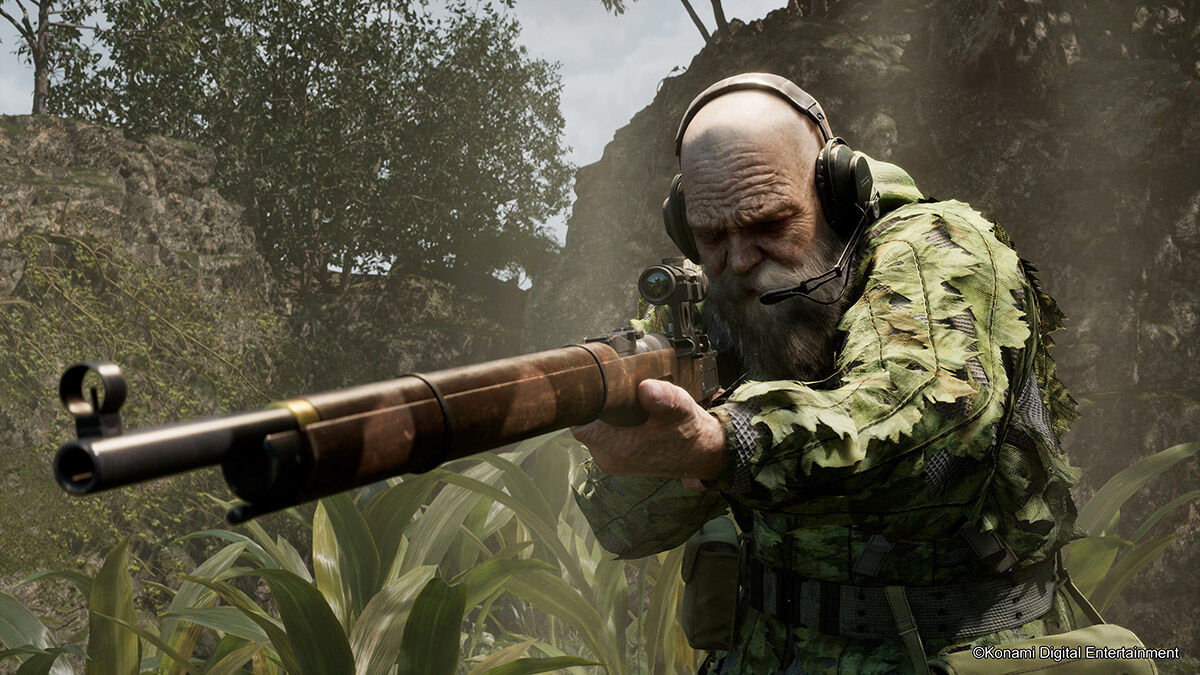
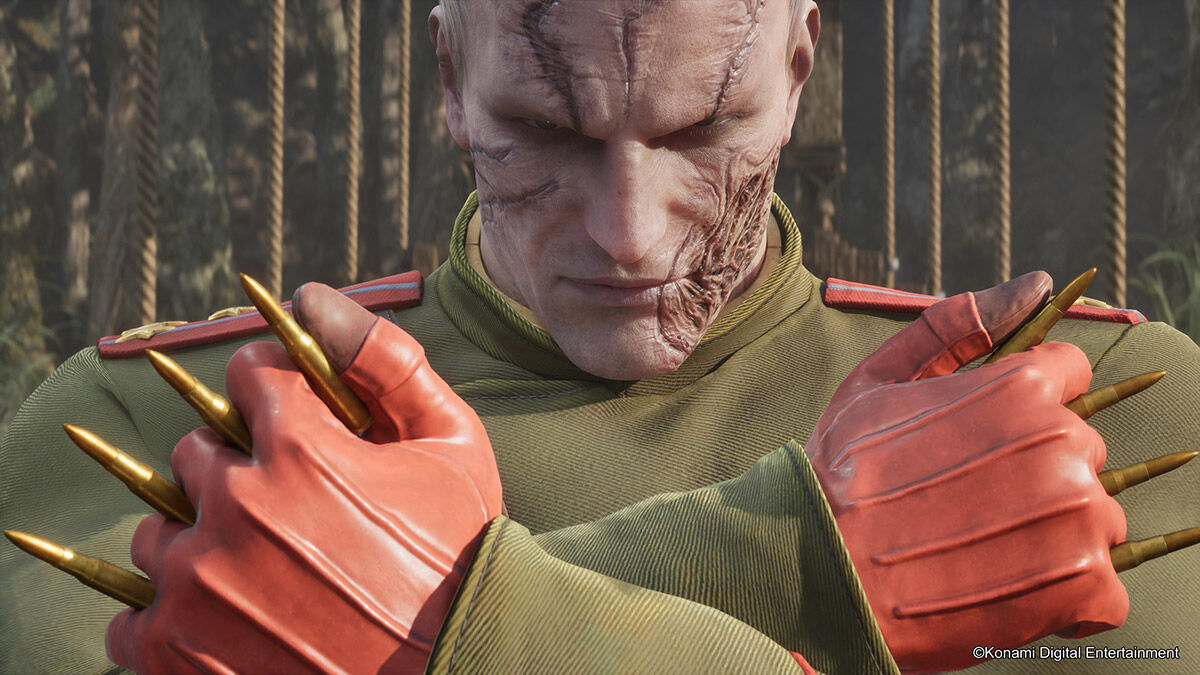
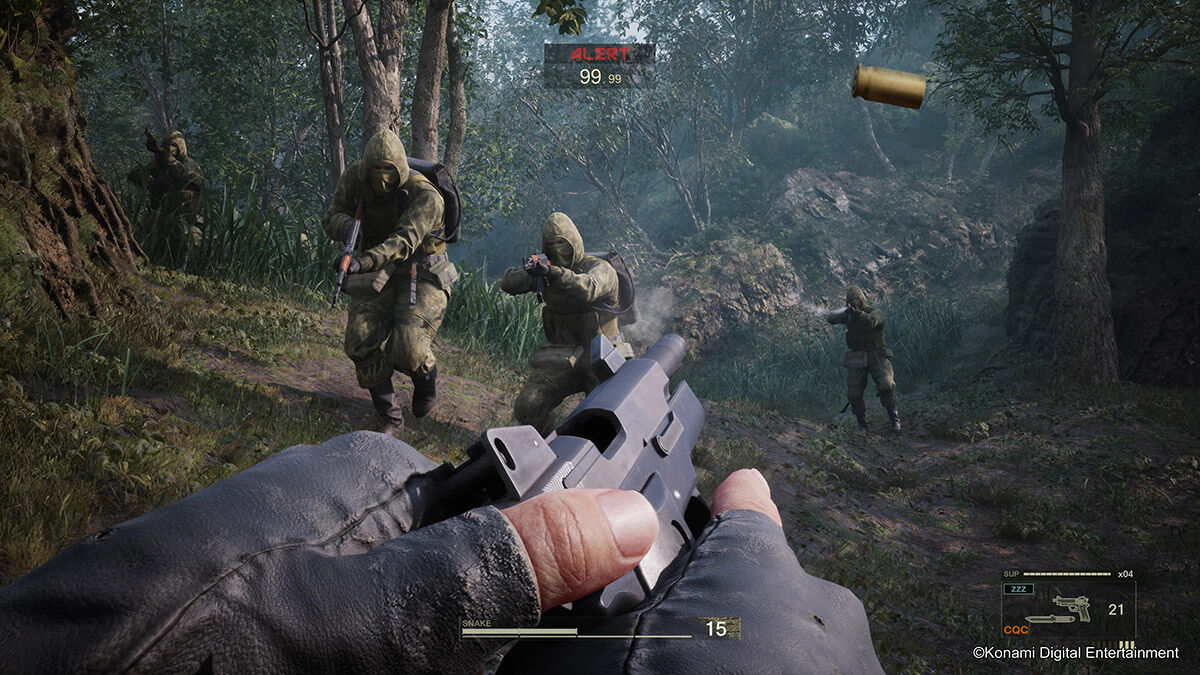
In order to cater to fans and new players, Konami opted for the one world, two experience dual style approach for game, where players can choose between Legacy Style gameplay, which preserves the original’s overhead camera angles and classic controls, or a New Style, which taps onto the modern third-person gameplay more familiar to current generation of players.
This choice extends far beyond mere control schemes as the Legacy Style retains American designer Kyle Cooper’s original title sequence, while New Style features a fresh orchestral arrangement of the game’s haunting theme song.
“We wanted to make sure that this game still feels like a modern triple-A game title,” explains Korekado-san. “That’s why we did go back and redid the sound. Obviously, the UI now looks a little bit easier to play, especially with modern monitors and stuff like that. So we still wanted to keep the original scope of the original game, while still upgrading your view, your impression, your experience playing the new version.”
Meanwhile, the visual enhancements represents more than mere graphical upgrades as they not transform how players experience the jungle environment. Each falling leaf, every patch of moss, every blade of grass has been crafted with meticulous detail, which means the enhanced camouflage system now allows for unprecedented realism in stealth gameplay, allowing players to blend seamlessly into their surroundings.
The game’s modern damage system also adds another layer of immersion, as “depending on how you play the game, your clothes may tear, get dirty, and your body will take damage,” notes Korekado-san.

“Your clothes can easily be repaired, but the injuries sustained throughout your playthrough will remain, which creates a one-of-a-kind character with your gameplay experiences attached to its body.”
One of the most significant challenges the team faced was maintaining the original’s difficulty when transitioning from overhead to third-person perspective. The switch naturally makes enemies more visible, potentially reducing the tension that made Metal Gear Solid 3 so thrilling.
“When you change from the overhead traditional Metal Gear camera to the new camera view, it’s very easy now to spot where the enemy soldiers are,” acknowledges Okamura-san from the development team.
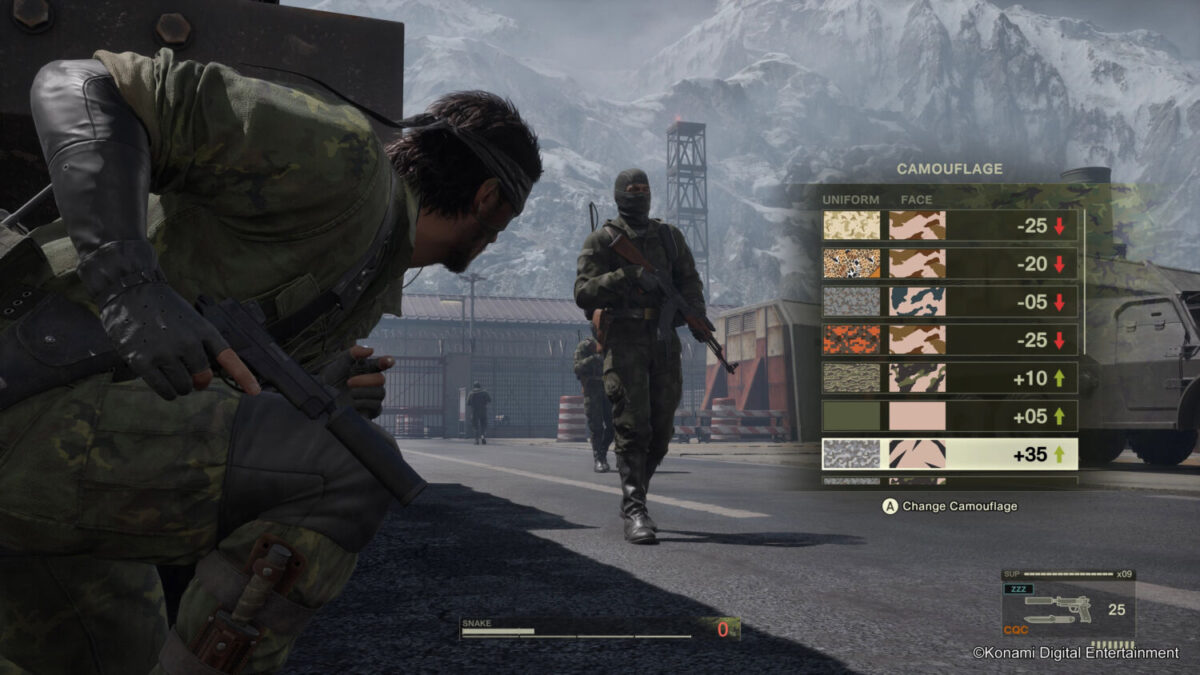
“So when we were developing it, we made sure to test this out and change the parameters. In terms of balancing that we did, we changed the sensitivity of the enemies to react to you being visible, and also changed the locations of some items, so things may not be as easy to get in the new style.”
One thing the team grappled with was on the modern gaming conveniences of mini-maps that current gamers naturally expect to be a part of the game, which the team originally included.
“At first we did decide to include a mini map… But by including it, it made it too easy to figure out where you need to go and get around the map. It did downgrade a lot of the tension so what we did instead is we removed the mini map, but included a compass that will at least tell you which direction you should be heading towards,” says Okamura-san.
But while the narrative remains sacred, with moderate changes to gameplay style, the team did add something new as Delta introduces Fox Hunt, an online multiplayer mode that captures the essence of Metal Gear’s stealth gameplay. Unlike previous Metal Gear Online iterations, Fox Hunt focuses specifically on the sneaking and survival elements that define the series.
“We wanted to make sure that this mode feels like an online component to the graphically enhanced main story in MGS Delta,” explains Sahara-san.
“Therefore, we focus on the sneaking aspects and the key concept of survival in MGS Delta, while incorporating the core Metal Gear gameplay mechanics that utilize the enhanced graphics.”
Players will be able to use the game’s new OctoCamo system, an advanced stealth suit that can instantly deploy and retract, and adapt to any terrain pattern. This technology enables the kind of realistic hide-and-seek gameplay that could only be imagined but not developed in the original era.
Perhaps the most daunting aspect of remaking a beloved classic is the weight of expectation. “Because the original exists, there’s already a base, a foundation to this game,” reflects Okamura-san.

“What was the most challenging was trying to recreate that without destroying what it was originally. So trying to maintain all what was great, all what was fun about the game without having to change it.”
This philosophy even extended to the game’s original bugs. “The original came with a few bugs. And we kind of debated internally, should we fix those as well, or should we keep them as is?”
Regardless, short of a new sequel by Kojima, which seems highly unlikely, Metal Gear Solid Delta: Snake Eater represents a love letter to one of gaming’s most innovative and emotionally resonant experiences, and a chance to revisit one of the best games ever made. For the legion of fans, it’s a chance to revisit Liquid Snake’s origin story with fresh eyes, while serving newcomers with a perfect entry point into one of gaming’s most influential franchises.
The jungle is calling, and this time, it’s never looked more dangerous – or more beautiful.
Metal Gear Solid Delta: Snake Eater will release on PC (via Steam), PlayStation 5 and Xbox Sereis X|S on 28 August 2025, with early access for pre-orders starting on 26 August. Unforunately, the Fox Hunt multiplayer mode will not be available at launch and will not support cross-platform play as announced on X recently by Konami.

